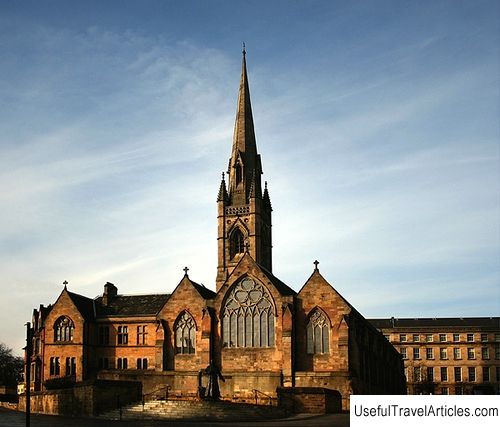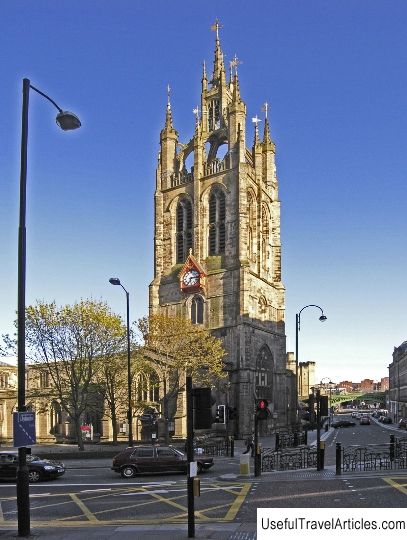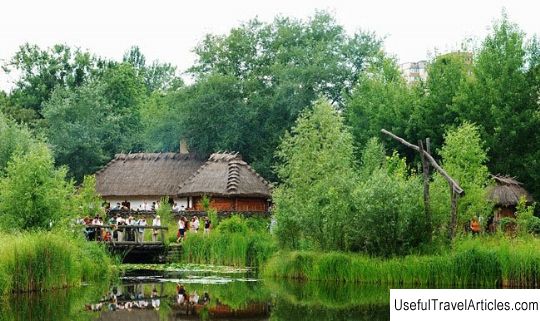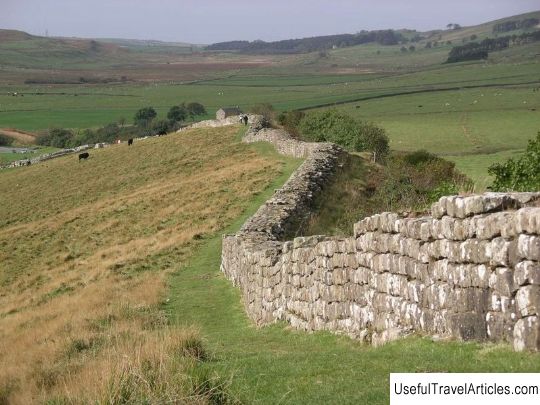Newcastle Bridges description and photos - Great Britain: Newcastle-upon-Tyne
Rating: 8,4/10 (248 votes) 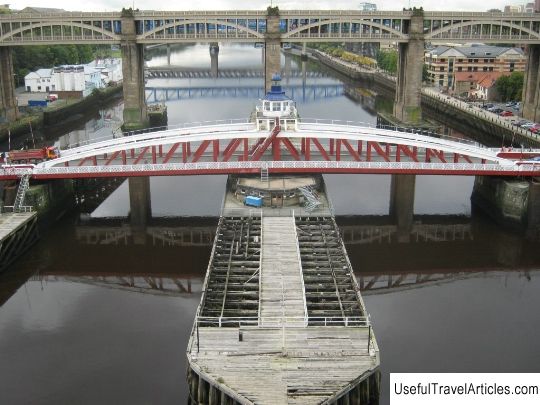
Newcastle Bridges description and photos - United Kingdom: Newcastle-on-Tyne. Detailed information about the attraction. Description, photographs and a map showing the nearest significant objects. The title in English is Newcastle Bridges. Photo and descriptionAs the name suggests, Newcastle upon Tyne is located on the Tyne River. Newcastle is located on the north bank, and on the south is the city of Gateshead. Naturally, both cities are connected to each other by several bridges, some of which are very interesting. The first bridge over the River Tyne was built by the Romans. Then stone bridges were built, and in 1876 they were replaced by the Swing Bridge. it became necessary to ensure the passage of large ships along the river. By this time, the High Level Bridge already existed - a two-level bridge, built in 1849. The lower level, 26 m above the water, is for pedestrian and automobile, and the upper level, 40 m, is for the railway. In the early 20th century, after years of debate in the city council, the Tyne Bridge was built in 1928, inaugurated by King George V. It is a single-span bridge, and at the time of construction it was the longest single-span bridge in the world. The bridge soon became one of the symbols of Newcastle. A very unusual bridge has been connecting Gateshead and Newcastle since 2001 and is called the Millenium Bridge. Officially it is considered to be located in the city of Gateshead. This is the world's first tilt bridge. Two arcs connect the banks of the Tyne River. One horizontal arc is a bicycle-pedestrian bridge. If a vessel approaches along the river, which does not pass in height under a horizontal arc, both arcs rotate 40 °. Because of this, the bridge was nicknamed "blinking" or "winking". The parts of the bridge were transported along the river and installed with the help of the "Asian Hercules" - this is the name of the largest floating crane in Europe. The bridge turns about 200 times a year and invariably attracts crowds of people who want to admire this spectacle.       We also recommend reading Basilica di San Vitale description and photos - Italy: Ravenna Topic: Newcastle Bridges description and photos - Great Britain: Newcastle-upon-Tyne. |
